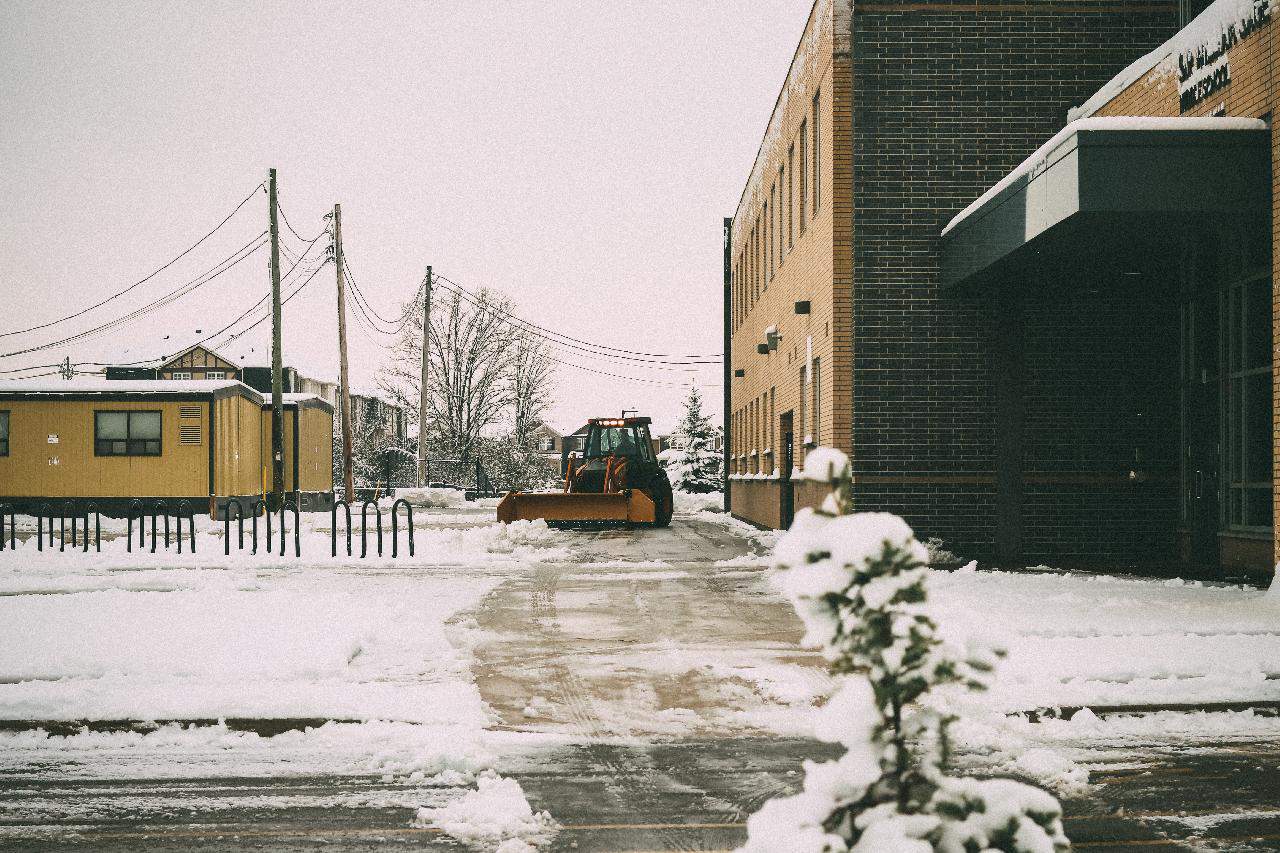According to the Environmental Protection Agency, about 10% of all households have a water leak that wastes 80 gallons of water each day.
That alone brings up a lot of plumbing questions each year. Knowing you have a water leak and finding it can sometimes be a difficult project for a typical homeowner.
Add in all the other things that can go wrong with your plumbing and it is a given that we all should be prepared to do some plumbing troubleshooting. Especially since some occur in the bathroom where people are generally alone.
Read on to learn how to deal with a few common plumbing issues.
Answers to Common Plumbing Questions
Plumbing problems can vary from the relatively simple to very complex.
Luckily, some of the common plumbing issues can be fixed without calling in the plumber. Below are some of them.
Clogged Bathroom Sink
Drains that won’t drain properly may be caused by a clogged sewer line. But oftentimes they are just fully or partially blocked closer to the draining point.
To attempt to unclog a bathroom sink, you need to remove the pop-up.
The pop-up is the device that you raise to block the sink so you can fill the basin with water.
To remove it, loosen the nut under the sink that fastens the pop-up on. Once the pop-up is removed, you can clear any hair and debris that may be caught around it before replacing it.
Clogged Garbage Disposal
Most often, when your garbage disposal gets clogged, it is something you can fix yourself. You may be tempted to reach your hand into the disposal to check for clogged debris, but that is not advised.
Make sure the power is turned off at the switch either under the sink or on the wall above the disposal.
Using a flashlight, look into the garbage disposal to see if you can see what is caught. If it is a fork or something large, use either kitchen tongs or pliers to pull the object out.
If that doesn’t resolve your issue, garbage disposals come with a key that can be inserted into the bottom of the disposal (under the sink, not inside the disposal). Turn the key to rotate the grinding mechanism of the disposal back and forth. If you don’t have your key, an Allen wrench should work.
Toilet-Related Issues
Toilet-related issues are extremely common. Here are some of the problems you’re most likely to run into.
Toilet Overflowing
Having a toilet overflow is an unpleasant experience. Knowing how to stop the water’s flow is a good thing to know before the water hits the floor.
There are two ways to stop the water from flowing. Either by shutting off the supply line valve or raising the float (ball or cup).
- To turn off the supply line valve: on the bottom behind the toilet, there should be a valve. By turning this valve counterclockwise, it will cut water from the supply line.
- To raise the float: remove the top of the back of the toilet tank. Lift the float (it will be attached to an “arm”) by raising the arm up. Hold the float up until the water stops running, then you can let it go.
An overflowing toilet is usually caused by a toilet clog, so see below.
Clogged Toilet
Most clogged toilets are easily fixed yourself if you have a toilet plunger.
If the toilet bowl is full of water, wait for it to recede a bit, but not completely. You need enough water in the bowl to cover the toilet plunger for it to work properly.
Put the toilet plunger down into the toilet to create a good seal. Your first plunge attempt should be gentle since, at this point, you are just removing any extra air that may be trapped. A hard, fast plunge may spray water up towards you or outside the toilet.
After the gentle plunge, plunge with alternating forces ranging from a good, quick thrust to a medium thrust. This will attempt to move the material in the toilet back and forth a bit, so it can get dislodged.
If the toilet plunger doesn’t clear your toilet’s drain, you can try using a toilet snake, if you have one. If you do not, you will need to either buy one or call a plumber in for help.
Water Heater
Usually, the first sign your water heater has gone out is that you can’t get hot water for your shower or to wash dishes.
Each year about 8% of the water heaters in the U.S. are replaced, according to a market profile report made by Energy Star.
While it is possible to buy and replace a water heater yourself, it is not an easy job. They are heavy and large. Plus there are safety rules to follow to ensure they are securely fastened to the wall during installation, especially in areas prone to earthquakes.
Slab Leak
A slab leak means you have water leaking into the foundation of your home. It can have serious consequences if not caught early.
Some signs you may have a slab leak is a high water bill that isn’t easily explained. Others include:
- Pooling/ponding water
- A hot water heater that constantly runs
- Parts of your flooring are unexpectedly hot, warping, or wet
You will need to contact a professional for slab leak repair.
Take A Few Minutes to Check Out Your Plumbing Today
To make answering your plumbing questions easier when they arise, take a few minutes now to locate some of the points mentioned in this article.
For instance, knowing in advance where to turn off the water to your toilet or how to raise the float will ease a lot of anxiety later when the time comes to put that information into action.
To read about other household issues that may arise around your home, please check out our site.
Discover more from Futurist Architecture
Subscribe to get the latest posts sent to your email.



